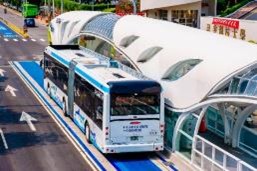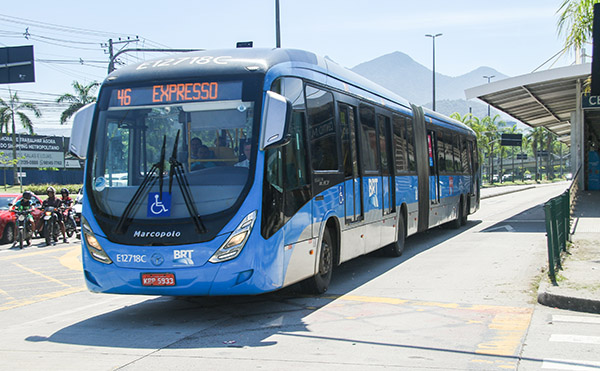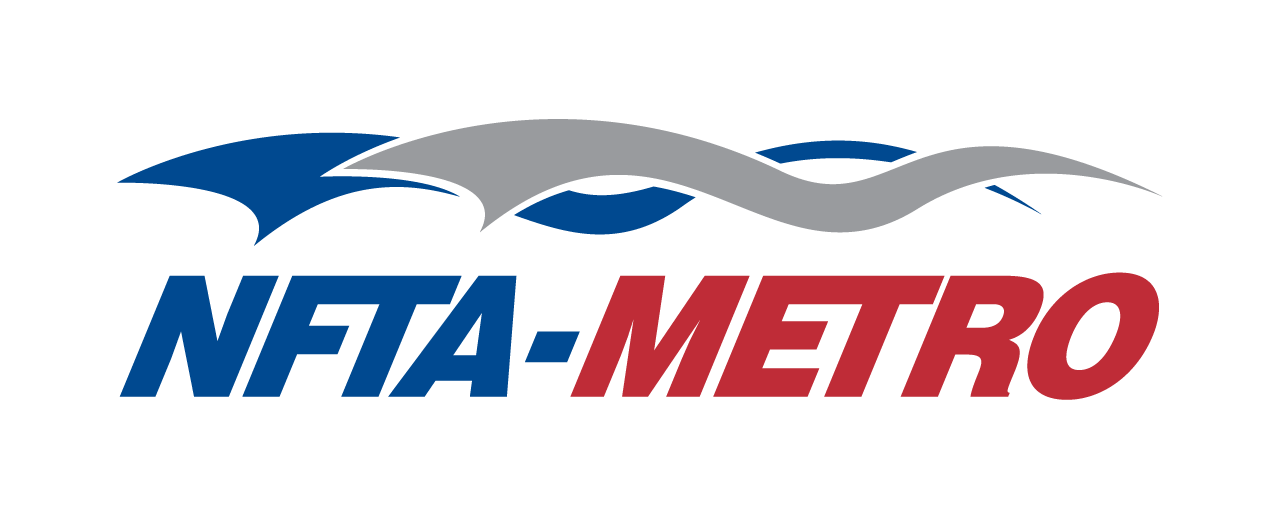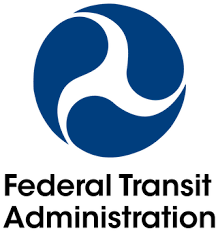About
What are LRT and BRT?
Light Rail Transit (LRT) and Bus Rapid Transit (BRT) are two forms of premium transit service, each providing increased comfort and convenience to riders.
Premium transit is often characterized as an investment that gives preferential treatment to transit in the form of exclusive or shared transit lanes that may also use technologies that provide transit a priority at signalized intersections. Exclusive transit lanes are transitways that are separate from automobile lanes.
The following descriptions for each mode were defined by the Federal Transit Administration (FTA) National Transit Database Glossary.
Light Rail Transit (LRT): A rail transit mode that typically is electric with a light volume traffic capacity compared to heavy rail. It is characterized by:
- Passenger rail cars operating singly (or in short, usually two car trains) on fixed rails
- Low or high platform loading
- Vehicle power drawn from an overhead electric line via a trolley or a pantograph
LRT typically operates in exclusive rights-of-way but can operate in mixed traffic when needed. Light rail traditionally operates between multiple cities and jurisdictions, linking major destinations.
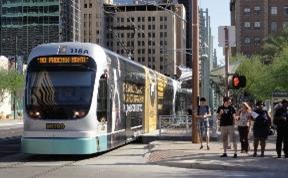
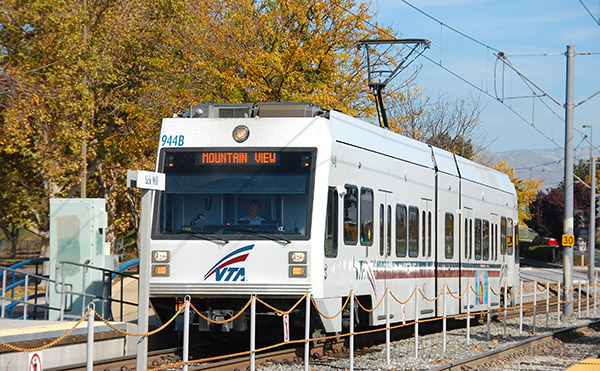
Bus Rapid Transit (BRT): High-quality bus-based transit system that delivers fast and efficient service. A lower cost alternative to light rail. BRT is generally characterized by:
- Dedicated lanes and busways
- Traffic signal priority
- Off-board fare collection
- Elevated platforms
- Enhanced stations/stops
BRT systems can operate on all types of running ways, from mixed with automobiles to separated transitways.
